Almost every fisherman wants to capture their trophies for the history. And taking a photo is the best way to do this. Tough luck: some photos fascinate people, others get no feedback from the viewers at all. And the author, who planned to share joy with others, gets confused and upset.
What’s to be done? Should we study thoroughly volumes on photography and aesthetics? adriaticnature tried to hunt down the question and invited to the interview the famous photographer from Saint Petersburg Dmitry (Grant) Ivakhnov, the author of articles on travel-photography and the poetics of photography. He is the finalist of “My Canon” contests, whose materials are published in the magazines “Consumer: Photo and Video”, “World Pathfinder”, “Digital Photo”, “Foto&Video”, “Amateur Photographer”, “First Key”, “Digital Camera”, “ART-INDEX” and many other periodicals.

(Dmitry “Grant” Ivahnov)
Hello, Dmitry! Thank you for accepting the invitation to have a conversation about such a rare genre as “fishing photography”, although this term is rather relative. What, in your opinion, does a professional angler and at the same time an amateur photographer needs to get a decent shot?
Of course, the angler doesn’t have to be a professional photographer. That’s why you shouldn’t buy expensive and heavy equipment. But if you want to get a striking shot, you still need to buy a decent camera. It may be argued that nowadays every modern smartphone has an integrated camera. But the fact is that the cameras in smartphones are designed so that the user could take a photo as a memento. Nothing else. The quality here is put on the back burner.

(Photo by © trustedreviews.com)
In general, is it possible to get a good shot using a smartphone?
Of course, it is possible. But it takes much effort. That’s why, if you want to take photos of your fishing trophies, you should buy a mirrorless camera. These cameras are small, easy to use, don’t occupy much space and don’t weigh too much. When you choose a mirrorless camera, you should pay attention to two things. First: choose a camera enabling you to use interchangeable lenses. This will provide you with the best quality that the built-in lenses can’t do. And second: the camera must have dust and moisture protection. Nowadays, there are many mirrorless cameras in the market, the range is wide. They are produced by Panasonic, Olympus, Canon, Nikon, Sony, Fuji. Choosing the brand is up to you. But I’ll emphasize once again: the camera should be protected from dust and splashes.
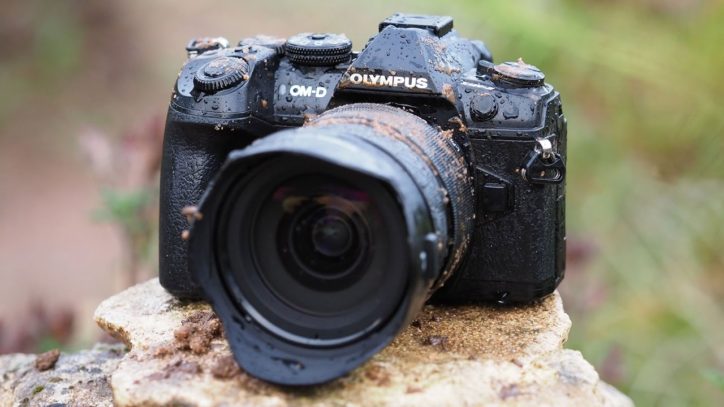
(Photo by © dailymotion.com)
It’s clear that you can’t dive with it. In this case, you need special boxes. Well, at least you’ll be insured against accidental splashes or dust harming it. The same rule applies to optics. Please note that lenses must also have built-in protection against dust and drops. Otherwise, you can spend money on a camera with protection from splashes, drizzling rain or dust, but if the lens is ordinary and it can fail in rough environments.

(Photo by © aditech-uw.com)
What lenses are better to be bought in the first place?
I recommend buying a vari-focal lens, which is sometimes called a zoom lens. In this case, you don’t have to run around to get closer or farther away from the object. All you have to do is to turn the ring on the lens. Besides, I can recommend buying a high-aperture zoom lens, that is, the lens with a relative aperture – 2.8. They are more expensive, but they provide you with the opportunity to take photos at dusk or near the fire without any problems. All modern lenses have autofocus and you don’t have to focus manually.
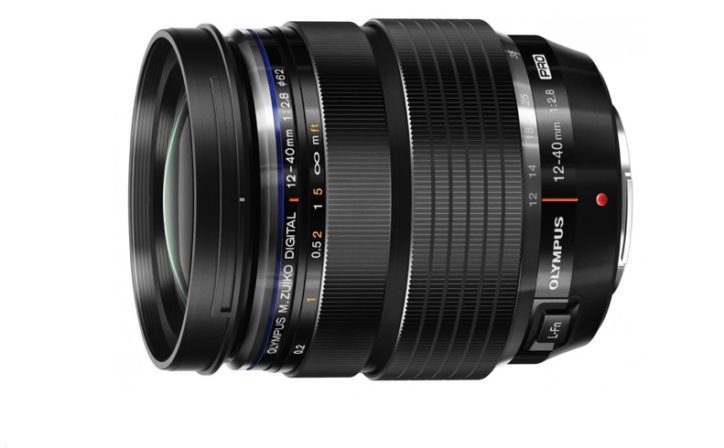
(Photo by © fujiya-avic.jp)
Is any other equipment required?
Basically, the camera and lens are enough. Many people think the speedlight is required, but you can get along without it. It’s unlikely that you’ll take photos in the dark of the moon. But even in this case, you can think of something in order to use sources of constant light: lamps, flashlights, LED illuminators, or even the flame of the fire or torch. It’s easier to control a constant light source. You will clearly see how the shadows fall on the object.
If you are determined to take photos of landscapes, you’ll need a tripod. But if you don’t have such plans, the tripod is not required.
Suppose you bought a camera and optics. But it doesn’t take photos by itself. What should be done to get a good photo?
If you want to get consistently good results, you should follow a few simple rules. First, your shot should be sharp. Check how the autofocus works. Look at your photo on the camera display. Zoom in the image. It will be easy to see the flaws.
Second, make sure that your photos are not blurry. To do this, you should develop a habit not to take photos holding the camera in your hands at exposures less than 1/100 of a second. And if there is little light and long exposure is required, set the camera on any fixed object, such as a branch or a boulder. Your task is to make the camera not shake during a long exposure. This is the reason why the photos are blurred.
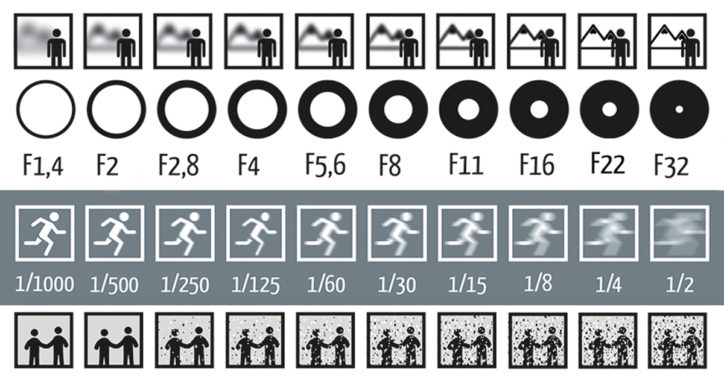
(Photo by © hamburger-fotospots.de)
By the way, many modern mirrorless cameras have an integrated image stabilizer. If it is integrated into your camera and turned on, you will have the opportunity to relax a little and take photos with a longer exposure. The stabilizer works as follows: the matrix of the camera moves in time with the motion and compensates for camera shake. This isn’t equal to using a tripod, but it will help you avoid some “blurring”.
Third. Try to take photos with a small ISO. Remember, the less ISO you have, the more detailed and living the image you will get. The higher ISO you have, the worse the quality of the photo is. I don’t advise raising ISO above 800 units in any mirrorless camera (whatever advertising claims).
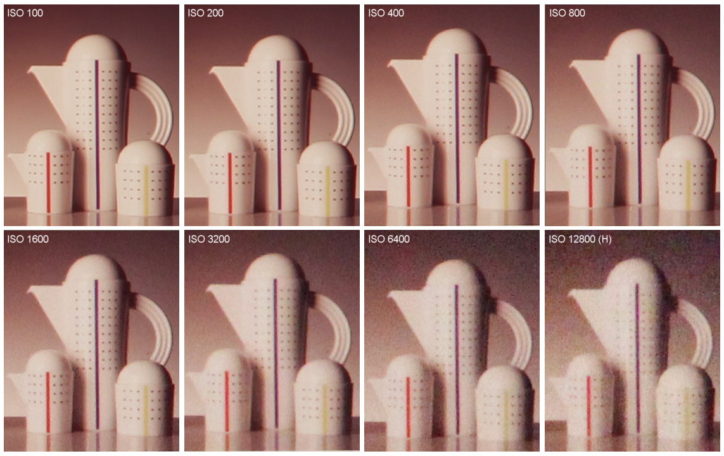
(Photo by © photocharge.kocz.hu)
Everything you’ve just talked about is shooting techniques. And what about the creative component?
If you want to get a beautiful photo, you should keep in mind two things, namely, light and composition.
Always make sure that a good light falls on the object of shooting. It’s perfect if it falls from the side. Avoid shooting when the light source is behind the object. In this case, it will be difficult for you to get a good photo without special reflectors or speedlight. Besides, pay attention to the fact that the light doesn’t fall from behind the photographer. In this case, the image will be plain and boring. The same applies to the option when the light falls right from above. That’s why the high sun is the worst time to take photos. Moreover, try not to take photos in mixed light. For example, one half of the object is lit by daylight and gleams of the fire fall on the other part. In this case, your object will be multicolored. It’s bluish on the one side, and yellowish – on the other. Our eyes adapt, and we don’t see the difference in the color temperature. But the camera will capture it and the photo will be defective.
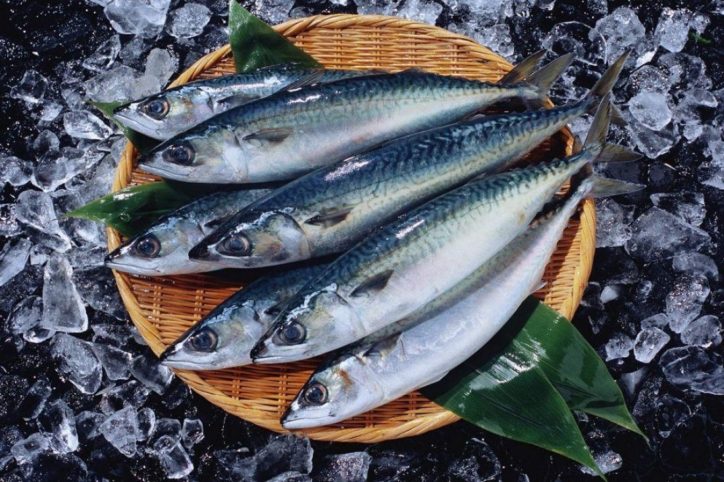
(Photo by © blisch.by)
The second thing to remember is the composition. Try not to place the object in the center of the frame and do your best to avoid symmetry in general. Make sure that there is no “trash” in the background: branches growing from the heads and pillars from the shoulders. Try not to cut the limbs of people or the fins and tails of the fish. If you need to emphasize the size of your catch, you should capture something that will help the viewer comprehend the size of the fish. It can be any familiar object, the size of which we know in advance. But if, on the contrary, you want to increase the size of your prey visually, you should resort to a little trick. You should take photos at close range with a wide-angle lens, that is, its focus distance is in the range from 16 to 24 mm. Or you can do it at the bottom of the zoom. Usually, it is 24 mm. However, pay attention to such a thing: the figures I’m talking about are used for the so-called “full-frame”. Most mirrorless cameras have a “cropped” matrix, so you should take this into account when buying the lens. The rest of the matrixes are smaller, that is, they are cropped.
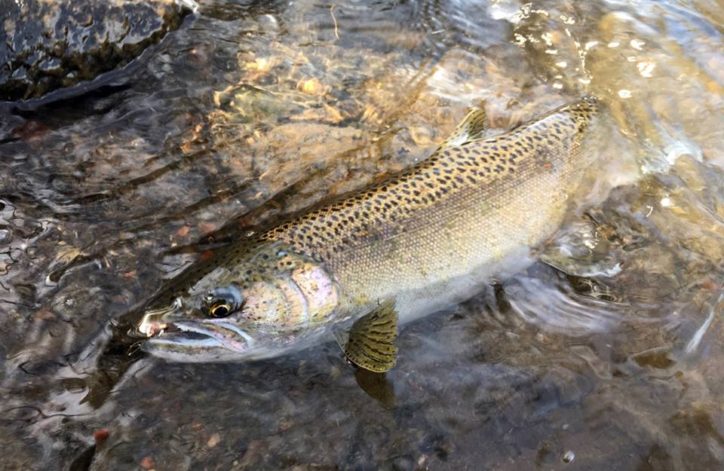
(Photo by © Dmitry Potapov)
What peculiarities does the “fishing photography” have?
I would single out two directions: “aesthetic” and “ethical”. “Aesthetic” means that there should be nothing in the frame that will annoy the viewer. There should be order in the shot. Try to avoid scattered packaging and gear, cans or cigarette butts. Moreover, examine thoroughly the place you are taking photos of.
For example, there may be footprints, mud, slivers. There may be “bald spots” on the grass. Develop the habit to examine what will be in your photo before pushing the button. Take pictures thoughtfully. If you need to take a picture of gear, lay them out neatly, it’s better to lay them perpendicular to each other, and take photos right from above. In this case, you will have a photo in the flat lay style, which is very popular nowadays. It’s easy to find photos in this style on Instagram. As for the “ethics”, you shouldn’t hurt the feelings of your viewers. You shouldn’t put pieces of corpses, knives covered with blood, pieces of shredded fish, and so on in the frame.

(Photo by © Alice Red. alicered.co.uk)
We’ve got the frame. What’s next? Should it be processed on a computer?
There is no need for it. All modern cameras have an integrated option for initial processing, right after you pushed the button. In this case, you should take photos in the .jpg format and customize the display on the screen the way you like it. The brightness, contrast and saturation of the jpeg in the camera can be changed. Make it warmer or colder. Or don’t bother with it at all, simply choose one of the ready-made presets that are already in its menu. But if you want to have the opportunity to upload photos to the network immediately, you should buy the camera that has built-in wi-fi. Then you can connect it to your smartphone and immediately start uploading photos directly from the place of fishing.
And finally, the most important rule is as follows: take photos more often. The more often you take photos, the better results you will get. If you take photos from time to time, even the purchase of the most “feature-packed camera” won’t bring the desired result.